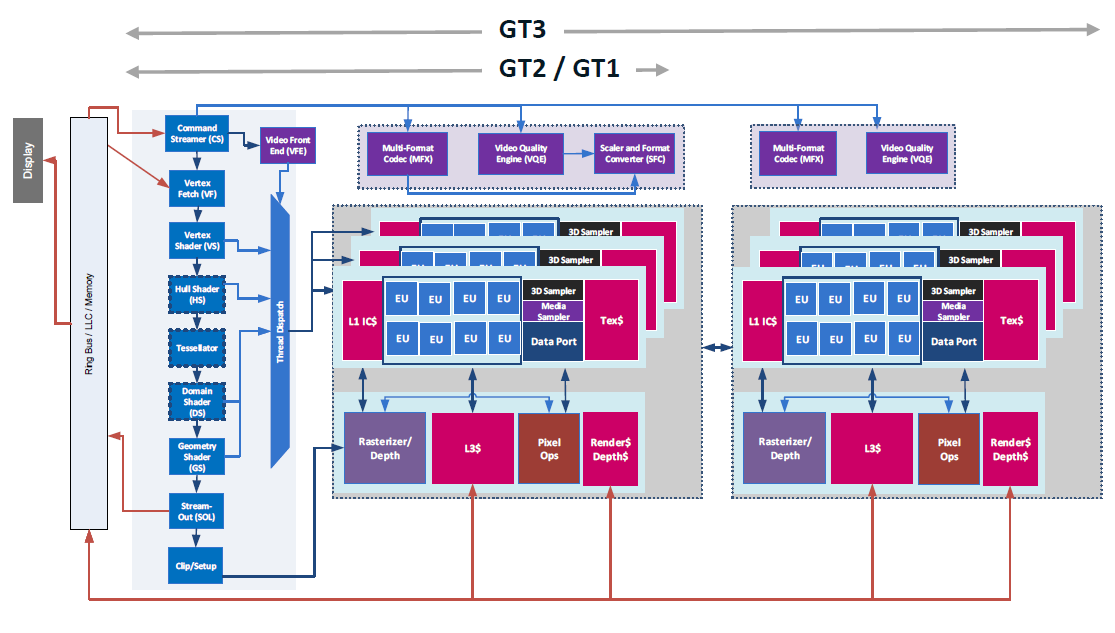


I think arandr screenlayout script may be setting the monitors to the incorrect 2560x1440 modeline 75Hz instead of waiting for my autostart script to create the correct modeline. Which is why I have to manually create the modeline and set the monitors to that. I'm not sure if the order of operations is wrong and that's causing the two scripts to conflict, but I believe that's the case because my screens EDID parsing seems to detect 2560x1440 but this modeline doesn't work. A recent update has made it so that it's no longer working after login, and I have to manually re-run my xrandr.sh script to get the 2k monitors to switch from no signal black screens to working. This works okay, but as I stated it only works after I've logged in. I also have an arandr script in ~/.screenlayout that is set to place the screens in the correct orientation and what have you. I then use my xrandr script to set the displays to the new mode.

I've created an autostart script (in KDE Plasma) that runs the necessary xrandr commands to create a mode for 2560x1440 at 60Hz, which is the mode that the screens function at. Upon arriving at the login screen, both monitors are black with no signal, and I have to lift the laptop lid to login. Monitor 1 is DP1-1, and monitor 2 is DP1-2.ĭuring boot I'm unable to see the boot up screen output on anything but my laptop screen. I have two ACER KG271 monitors connected to a docking station via DP (display port). I've been trying to resolve an issue with my new high-resolution ACER KG271 2K LED monitor on my HP EliteBook laptop with an Intel graphics chipset.


 0 kommentar(er)
0 kommentar(er)
